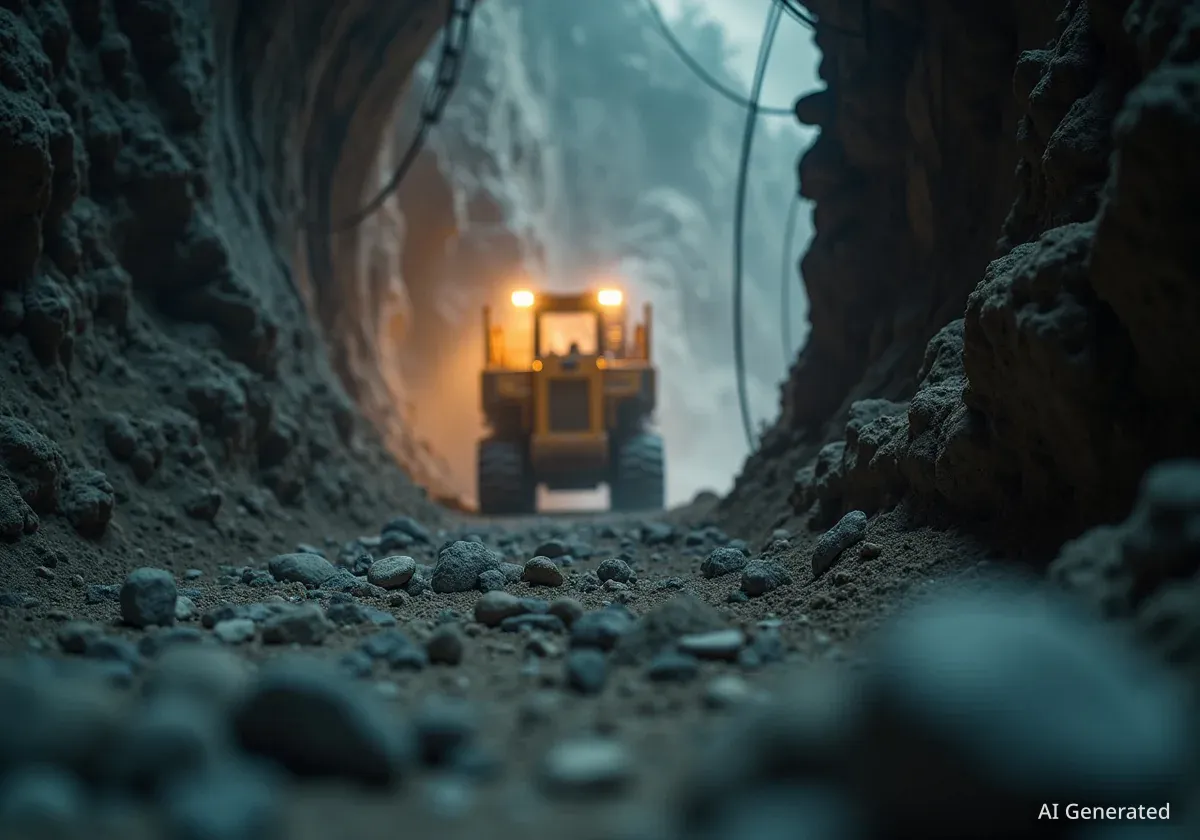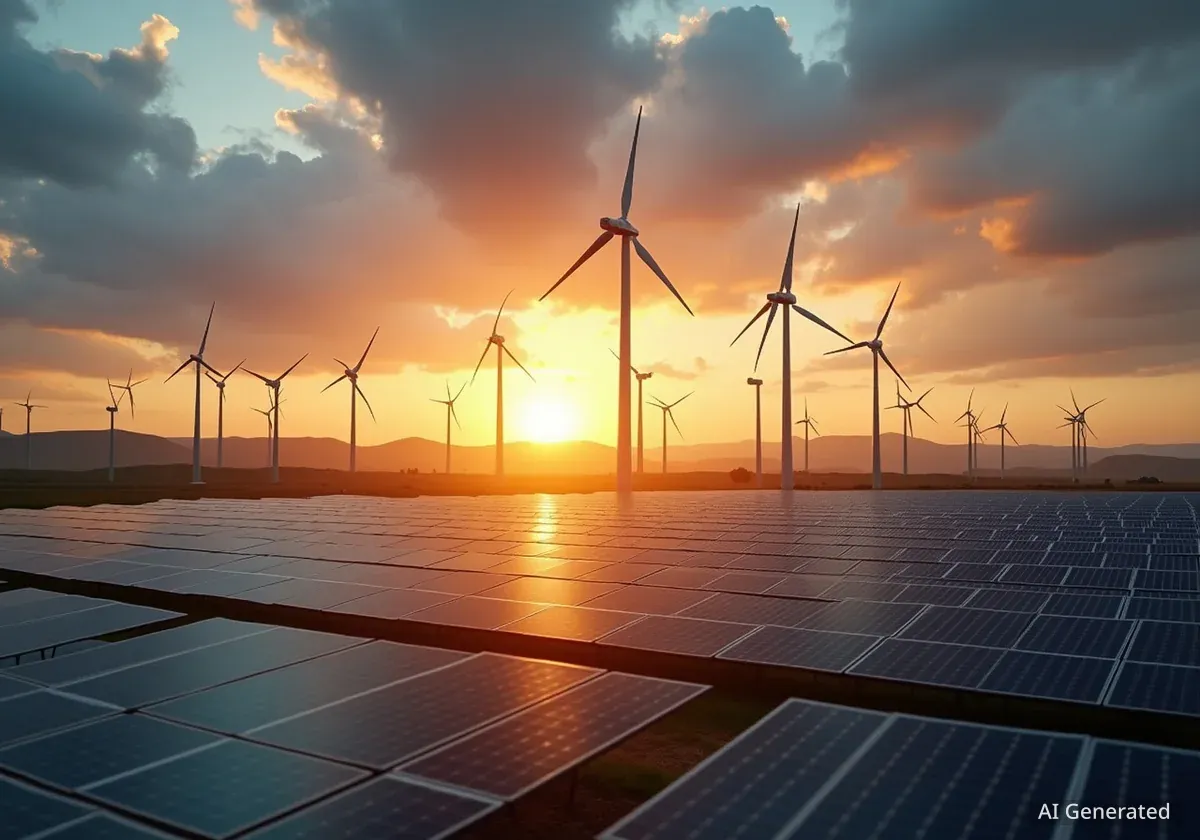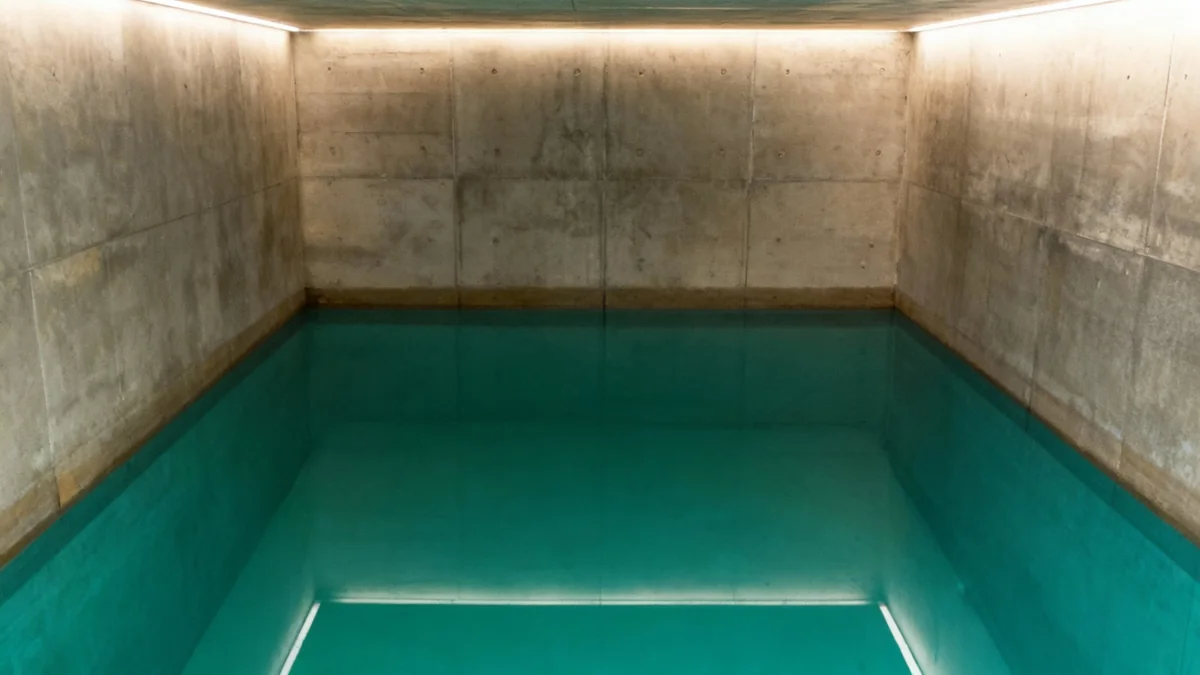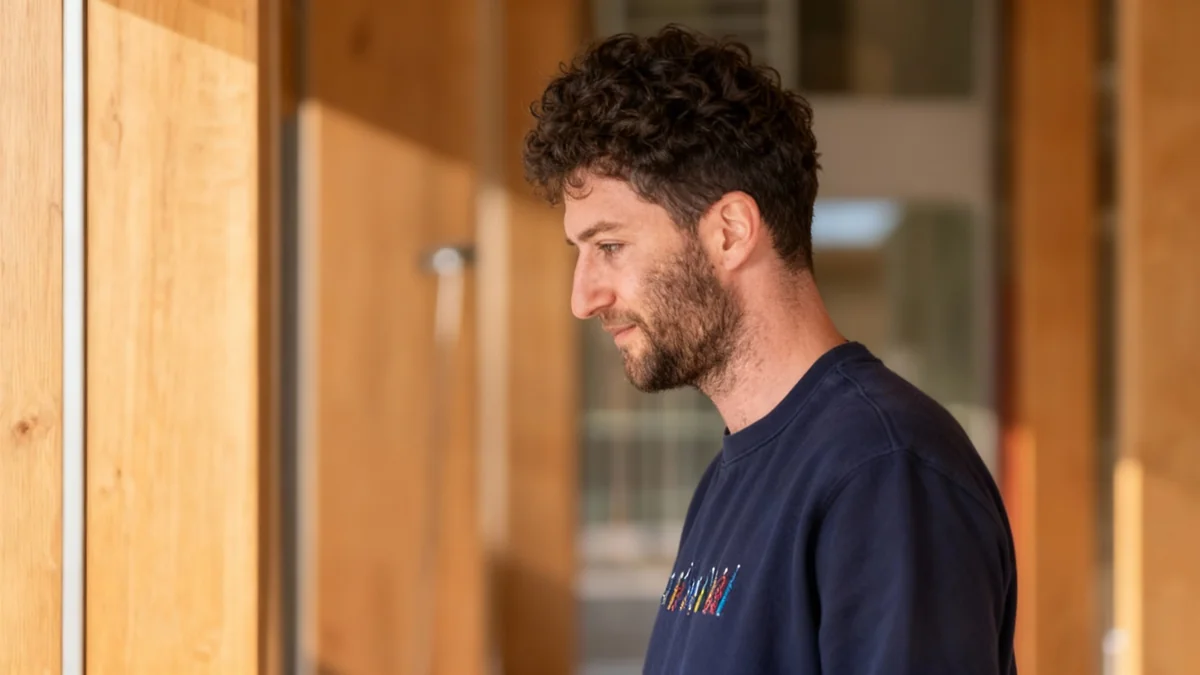The construction of the second Gotthard road tunnel tube faces significant delays, with experts strongly criticizing the Federal Roads Office (Astra). Industry insiders suggest the southern section's excavation could be set back by up to two years. This contradicts Astra's public statements that the 2030 opening target remains achievable. The issues stem from unexpected geological conditions encountered early in the project.
Key Takeaways
- The second Gotthard road tunnel tube faces potential delays of up to two years.
- Experts criticize Astra for proceeding with a tunnel boring machine despite geological warnings.
- Difficult ground conditions caused the machine 'Paulina' to halt, leading to a change in construction method.
- Additional costs of up to 20 million Swiss Francs and an eight-month delay have already occurred.
- The scheduled completion year of 2030 is now in question for the southern section.
Southern Section Faces Major Setbacks
Early this summer, the tunnel boring machine named 'Paulina' stopped after only 192 meters. The rock proved too brittle for this method. This forced Astra to change its construction approach. Instead of using the machine, workers are now excavating the tunnel through controlled blasting. This shift has led to increased costs and delays.
According to initial estimates, this change has added up to 20 million Swiss Francs in extra costs. It has also caused a delay of about eight months. Astra maintains that the planned opening date for the entire tunnel will not change. However, many industry experts are skeptical. They warn of much larger problems, especially in the southern part of the tunnel.
"If a drill hole already doesn't hold during exploratory drilling, that's a red flag," said Adrian Pfiffner, former geology professor at the University of Bern.
The southern section could see construction delayed by as much as two years. One reason for this is the significant increase in personnel requirements. Work now continues around the clock, seven days a week, instead of the original five-day, two-shift operation.
Tunnel Specifications
- Length: 16.9 kilometers
- Cost: Over two billion Swiss Francs
- Expected Completion: 2030
- Construction Method: Simultaneous excavation from north and south
The northern section of the tunnel is progressing as planned. All major issues are concentrated in the southern section, near the Airolo portal.
Early Warnings Were Present
The stoppage of the tunnel boring machine was not entirely unexpected. Several warnings had been issued before. The machine first got stuck after only five meters, according to an SRF 'Rundschau' report. A cavity had formed, blocking the machine with rock. It remained idle for one month. Astra did not disclose this initial incident publicly.
The same problem occurred again at tunnel meter 192. This time, the cavity was even larger. Geologists had identified warning signs much earlier. In 2016, a drill hole collapsed during the so-called Tremola series of exploratory drilling. This incident should have signaled potential difficulties.
Geological Reports Highlighted Risks
As early as 2018, a 150-page geological report recommended a different approach. It advised against using a boring machine for the first 200 to 400 meters at the southern portal in Airolo. Instead, it suggested using blasting for this initial stretch due to unstable ground.
What is a Tunnel Boring Machine?
A tunnel boring machine (TBM) is a complex piece of equipment used to excavate tunnels. It has a rotating cutting wheel at the front that grinds through rock and soil. TBMs are efficient in stable geological conditions but can struggle in fractured or soft ground, leading to blockages or damage.
A second geological report from 2020 also warned of challenging conditions. This report specifically highlighted the first 200 to 400 meters, possibly even up to 700 meters, from the Airolo portal. It stated that the rock layers were likely loosened and less stable in this area.
Despite these clear warnings, the same 2020 report still recommended using a tunnel boring machine in this section. This recommendation has surprised many geological experts.
Experts Question Astra's Decision
Geologist Hans-Rudolf Keusen, who has authored many geological reports, finds Astra's decision puzzling. "It is not understandable why they allowed the tunnel boring machine," he stated.
"The danger is literally mentioned in the report – and yet a table says: We will use a tunnel boring machine drive. I am completely perplexed," said Adrian Pfiffner.
Both Keusen and Pfiffner emphasize that different expert assessments are normal in complex projects. However, such a fundamental contradiction without clear justification is highly unusual. They suggest that the geological warnings were either overlooked or downplayed when making the final decision on the excavation method.
Astra Defends Its Actions
Despite the repeated warnings, Astra decided to proceed with the tunnel boring machine in the Tremola series. Guido Biaggio, Astra's Vice Director, defended this choice. He stated that the decision was made in collaboration with geologists and other specialists.
"There is always a certain residual risk," Biaggio explained. "We cannot build a tunnel without residual risks." He further added that the decision was based on detailed geological reports. These reports, he claimed, indicated that using the boring machine was generally feasible for the section.
The ongoing issues highlight the complexities and inherent risks of large-scale infrastructure projects, especially those involving challenging geological conditions. The debate continues regarding the responsibility for the delays and increased costs associated with the second Gotthard tunnel tube.




